How to Create an Emergency Prepping Kit
Creating an emergency prepping kit is important for making sure your family is prepared for unexpected disasters or emergencies. Whether it’s a natural disaster, power outage, or other unforeseen event, having essential supplies readily available can make a difference in your ability to stay safe during an emergency. I want to talk about how to create an emergency prepping kit. The picture above is from post a wrote several years ago. These make great gifts for newlyweds or college students. Emergency Preparedness and First Aid Kit Buckets
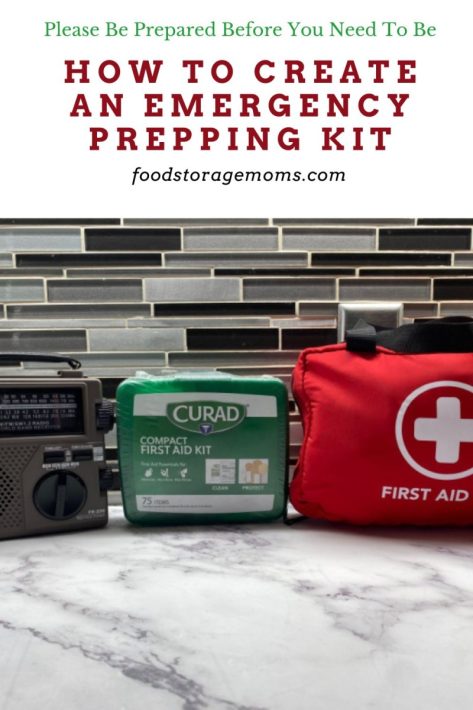
Food and Water Supplies
- Water: Store at least one gallon of water per person per day for at least three days, for drinking and personal sanitation. Purified Water vs. Spring Water: The Differences One gallon per day is suggested by government agencies and groups like the American Red Cross. I’ve always told my readers to try to shoot for extra water with four gallons per person per day to cover hydration, cooking, sanitation, and limited laundry needs.
- Non-perishable Food Items: Put together a three-day supply of non-perishable food that includes canned goods, dried fruits, nuts, granola bars, and other non-perishable items that provide sustenance without requiring refrigeration. Also, keep in mind infant formula. There are formula products that are shelf stable. Navigating Life-Changing Emergencies: A Guide to Facing an Emergency
- Manual Can Opener: Ensure you have a reliable manual can opener to access canned foods without electricity. Top 2 Best Pressure Canners to Use
- Water Purification Tablets or Filter: In case your water supply becomes contaminated, have purification tablets or a portable water filter to make water safe for consumption. 50-Year Shelf Life Canned Water-Blue Can Pure Water
Medical and Hygiene Supplies
- First Aid Kit: Stock a comprehensive first aid kit with bandages, antiseptic wipes, gauze pads, adhesive bandages and tape, tweezers, scissors, disinfectants, and other essential medical supplies. Don’t forget over-the-counter items like pain relievers, anti-diarrhea medications, meds for allergies, and skin care items for a hot climate environment. Also, consider the needs of older people and infants in your home. Types of Medicines You Need for a First Aid Kit
- Prescription Medications: Keep a supply of any prescription medications you or your family members may need, ensuring an ample stock for several days. 20 Effective Ways to Alleviate Pain Without Medication
- Basic Personal Hygiene Items: Include toothpaste, toothbrushes, soap, dust mask, solution for your contact lenses, and hand sanitizer to maintain personal hygiene standards and disease control during emergencies.
- Other Personal Hygiene Products: Don’t forget items like feminine hygiene products, diapers, and other personal care essentials tailored to your family’s needs. Feminine supplies may be needed unexpectedly.
- Moist Towelettes or Baby Wipes: These can be invaluable for maintaining cleanliness when water is scarce. Paper towels are also handy to have.
- Garbage Bags: Use for waste disposal and sanitation purposes.
Tools and Safety Equipment
- Multi-Tool or Swiss Army Knife: You’ll need a multi-tool for various tasks, including cutting, opening, and repair work. Other tools to consider are a wrench, pliers, screwdrivers, and a hammer or ax. 30 Non-Food Survival Items To Stockpile
- Flashlights: Include multiple flashlights, and extra batteries for battery-powered devices and to provide illumination during power outages. I have solar flashlights in my window sills being charged at all times.
- Portable Radio: Have a battery-operated or hand-crank radio to stay informed about emergency updates and news broadcasts. I suggest a NOAA weather radio so you know what the weather conditions are at all times.
- Whistle: Use as a signaling device in case of emergencies or to attract attention if needed.
- Dust Masks: Protect against airborne particles and debris, especially in situations like fires or dust storms. The Pros and Cons of Wearing a Mask Long-Term
Shelter and Warmth
- Plastic Sheeting and Duct Tape: Use for temporary shelter or to seal windows and doors in case of damage. Duct Tape: Why You Need to Store It
- Thermal Blankets: Provide warmth and insulation, especially in cold weather conditions. Also, have a sleeping bag for all family members and a warm blanket if living in very cold climates.
- Tent or Tarp: Have a portable shelter option for outdoor emergencies or evacuation scenarios.
- Warm Clothing: Pack hats, gloves, socks, and additional layers to stay warm in inclement weather. Should have a complete change of clothing available. If your area has severe rain storms then you should also have rain gear besides the change of clothes.
- Sturdy Shoes or Boots: Protect your feet with durable footwear suitable for walking long distances or navigating debris. What to Do with Old Shoes as a Prepper
Communication and Navigation
- Compass and Local Maps: Have navigational tools to help you find your way if GPS or electronic devices fail. Maximizing Your Cell Phone as an Emergency Prepper
- Signal Flares: Use for signaling for help or alerting rescue teams to your location.
- Portable Battery or Hand-Crank Charger: Keep your electronic devices powered for communication and information access.
- Emergency Whistle: Use as an additional signaling device for attracting attention.
Fire and Cooking Supplies
- Fire Extinguisher: Have a fire extinguisher on hand for extinguishing small fires and preventing them from spreading. 20 Reasons to Have a Fire Extinguisher On Hand
- Matches or Lighters: Store in a waterproof container to ensure they remain usable during wet conditions.
- Portable Stove or Camp Stove: Use for cooking food and boiling water when traditional methods are unavailable. Why You Need To Store The Right Food Storage
- Cooking Utensils: Include pots, pans, utensils, and other cooking essentials for meal preparation. You should have paper cups and plates to eat on, along with plastic utensils for multiple meals if want to conserve water.
Miscellaneous Essentials
- Emergency Cash: Keep a stash of cash in small denominations for purchasing supplies or services in case of power outages. Cash vs. Credit Card: Which is Better in an Emergency?
- Important Documents: Store copies of important family documents such as identification, insurance policies, birth certificates, medical records, and emergency contacts in a waterproof container. How to Help Your Family Organize Important Documents
- Pen, Pencil, and Paper: Use for taking notes, leaving messages, or recording important information.
- Entertainment Items: Include books, playing cards, puzzles, or other forms of entertainment to pass the time during emergencies. How Virtual Reality Can Help You Be a Better Prepper
- If you have pets, they’ll also need to be cared for. That would include pet food, a leash, a collar with an ID tag, a pet carrier, and additional items specific to your pet.
More Tips
- What Are 20 Basic Items in an Emergency Kit?
- 10 Things You Need In Your Disaster Emergency Kit
- How To Make Your Own Emergency Car Kit
Final Word
When you assemble a well-stocked emergency prepping kit or disaster supplies kit, you can be more prepared for emergencies. Remember to check and update your supplies to ensure you have what you need. I’ll tell you that with careful planning and preparation, you can better protect yourself, your family, and your community during emergencies. Stay safe and be prepared! May God Bless this World, Linda
Copyright Images:

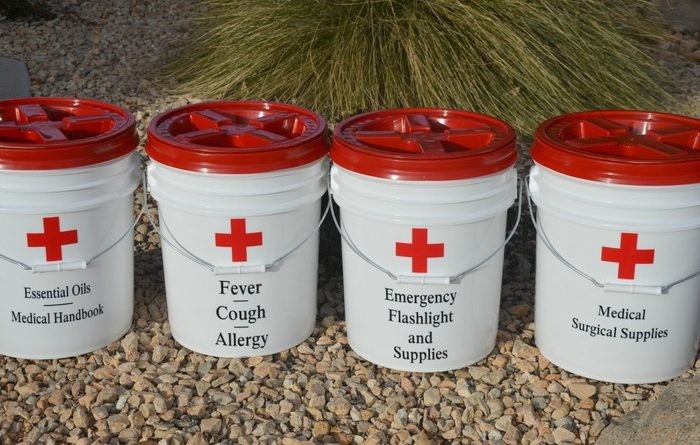

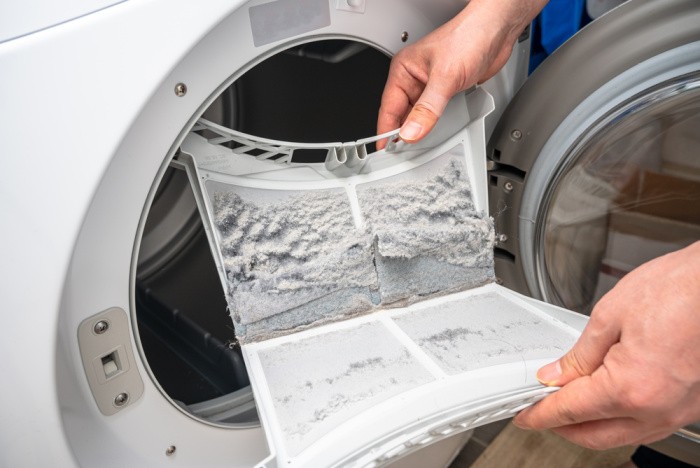
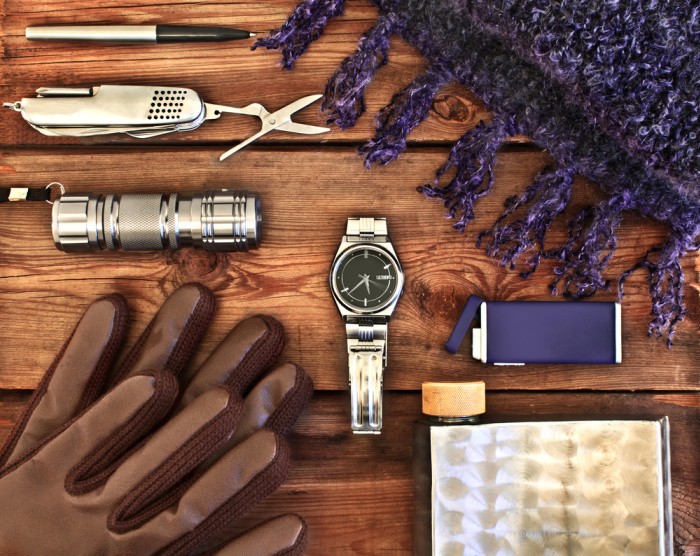
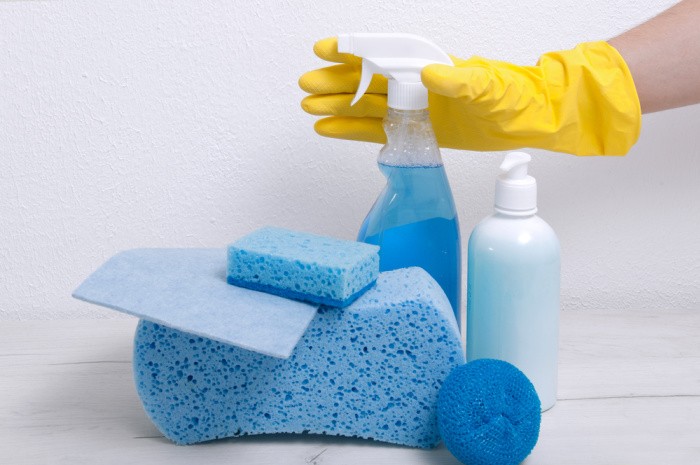

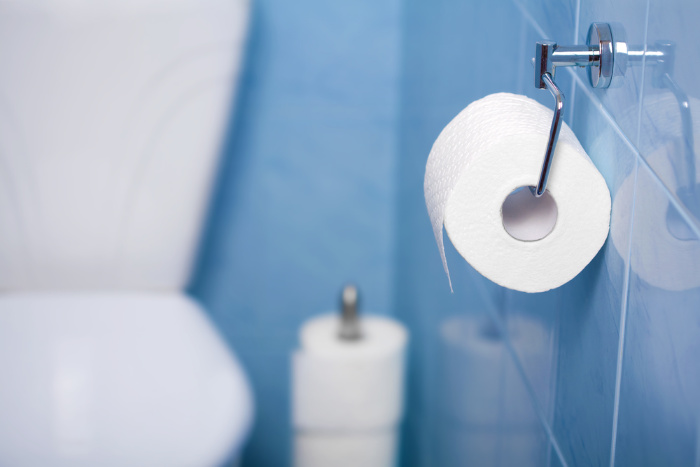
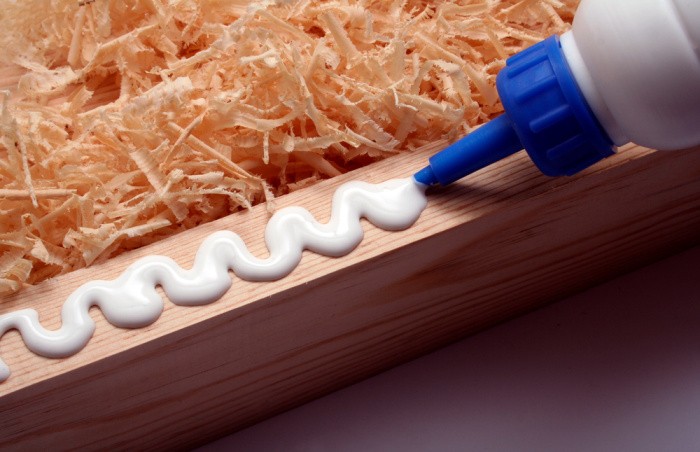
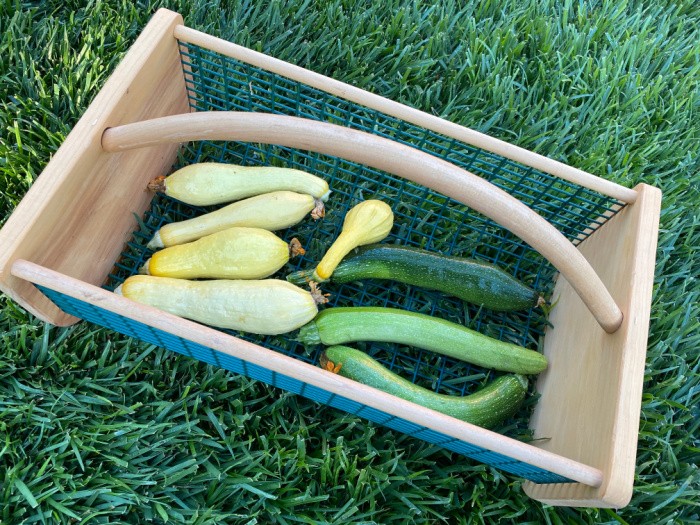
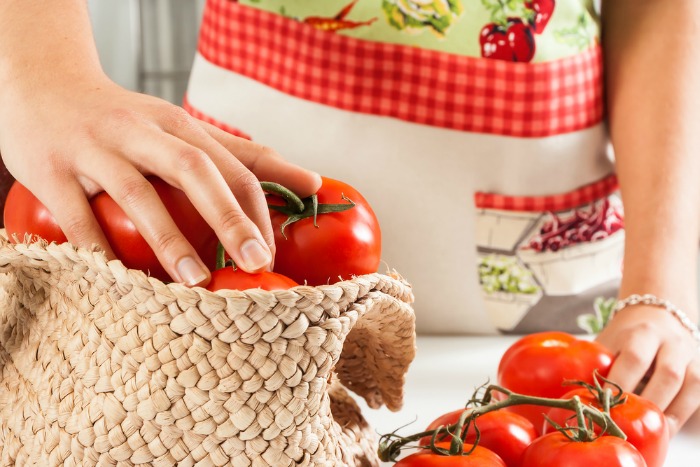

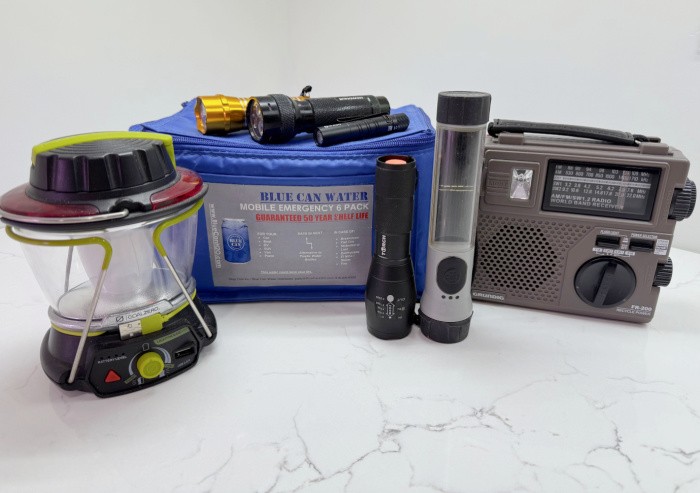
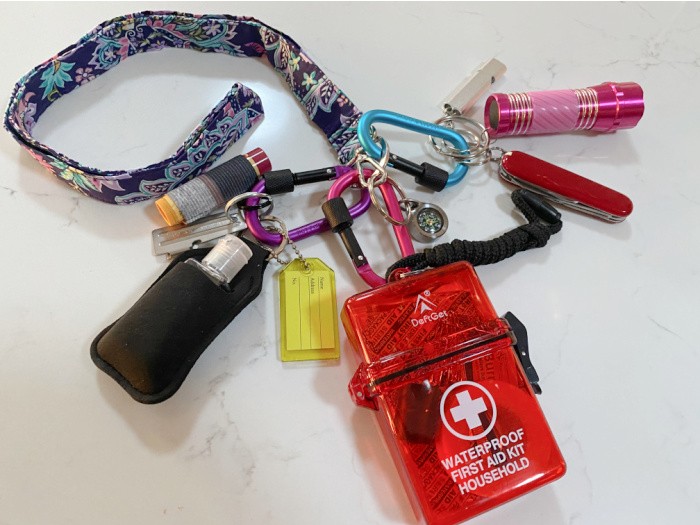








If your on the fence about it NOW is the time to act.
Hi Matt, you are so right! Just do it, my friends! Linda
I am seeing more and more indications that we are heading towards very rough times. The world news aside, even locally, things are not going well. Three large malls in Western New York are closed or closing. We visited one yesterday, and while I admit to not being in one since the start of the pandemic, it was like a ghost town. Only one of the large anchor stores out of six is left. What was promoted as a large Easter-Spring event turned out to be a handful of small kiosks. While a large grocery store was very busy, after all, it was Saturday, I found I wasn’t the only person surprised at the prices. I went to get eggs, and one woman commented “7.99 for eggs!!”
While I have been cooking down, to use up some of what we have, before restocking, as has been my usual for 40+ years, I am rethinking my plan. I am grateful for your wisdom as we enter a world none of us ever imagined.
HI Chris, I just ordered some cases of 8 cans of Campbell’s Cream of Chicken Soup (Sam’s Club), free shipping. I heard from a friend that several Campbells distribution centers are closing as in shutting down. Will they all close, I don’t know. I saw a video of someone who works at Campbell’s saying they had declining sales and they redesigned their cans hoping sales would increase. I would stock up on whatever you need NOW, things do not look good. Linda